From The Horse's Mouth: Tommy Wallach on I Meant It To Be Sweet
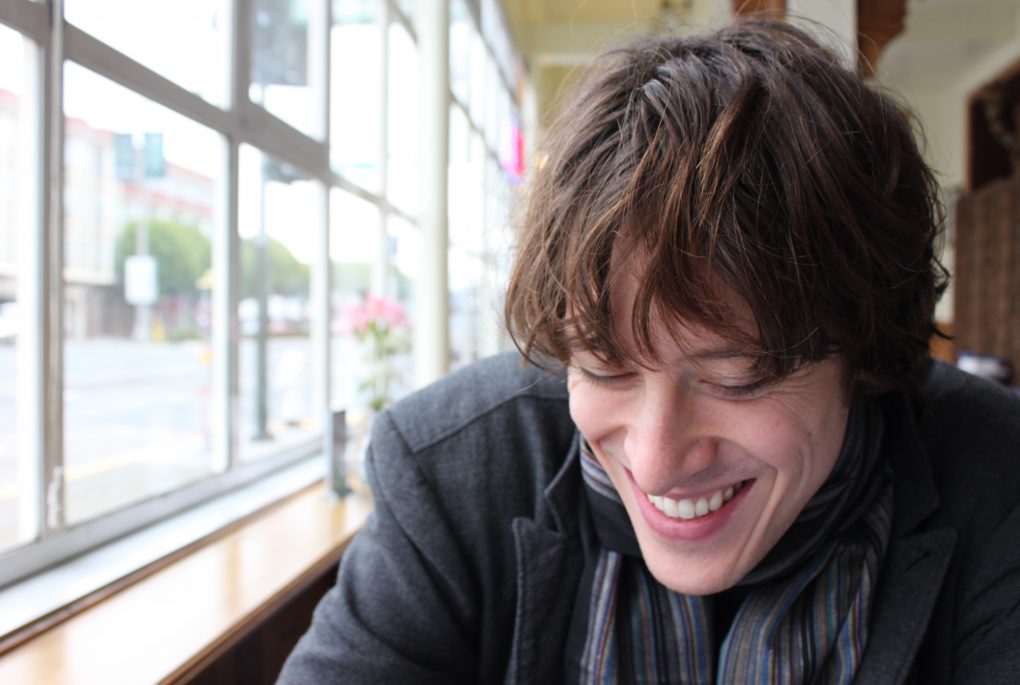
I Meant It To Be Sweet is the sophomore album from Brooklyn-based singer/songwriter Tommy Wallach, the first since his 2008 self-titled EP on Decca Records. Vivid and expressive, finely skirting the line between emotive and theatrical, I Meant It To Be Sweet exhibits Wallach’s storytelling abilities (his first novel, We All Looked Up, will be published by Simon & Schuster in March of 2015) while evoking the cerebral, musical pop of Ben Folds, Rufus Wainwright, and Andrew Bird. I Meant It To Be Sweet is being released on Rude Fox Records June 24.
The album was recorded between Brooklyn (at the home studio of engineer and producer Giulio Carmassi, multi-instrumentalist for Pat Metheny’s Unity Group) and San Francisco (at John Vanderslice’s Tiny Telephone). Carmassi did the majority of the arrangements, and also played everything from horns to strings to vibraphone. Ben Davis (Cuddle Magic) added additional arrangement, as well as stand-up bass and guitar. Jeremy Gustin (Albert Hammond Jr., etc.) contributed drums and percussion, Lizzy Loeb (daughter of Jazz guitarist Chuck Loeb) added sultry backing vocals, and John Vanderslice played a bit of keyboards. The result is a musically diverse yet tonally cohesive set of performances across tracks like the light-weight indictment “Cold As Christ,” the reverb-washed love song “Misanthrope,” the gypsy jazz homage “To Keep You Dancing,” and the creepy minimalism of “Whisper” (the homemade video for which was part of an exhibition at the Guggenheim Museum).
Ghettoblaster recently caught up with Wallach to discuss the record. This is what he had to say about it.
When did you begin writing the material for your most recent album?
Well, this is a little embarrassing. Though I did an EP with Decca Record (and a truly terrible full-length when I was still in college), “I Meant It To Be Sweet” is my first real record. And that means there are some old songs on it. Both “Homicidal Tendencies” and “Amelia Earhart” first appeared on the aforementioned terrible full-length, which means they were written about ten years ago. What a terrifying thought.
What was the most difficult song to take from the initial writing stage through recording and mixing? Why was it so troublesome?
Definitely “Dolores Park.” I wrote it while I was living in San Francisco (where Dolores Park is located), and in the original version it was about six minutes long. It had an audience sing-along component, so when I played it live, it never felt as if it dragged. But as soon as it was recorded (at John Vanderslice’s Tiny Telephone Studio–John even played some synths on it), it became clear that the thing was never going to fly in that original form. I took the tracks from Tiny Telephone to my producer, Giulio Carmassi, and he whipped up a really cool, lush Animal Collective-y version. But it still wasn’t right. The problem was the underlying structure. That was when I brought in Ben Davis (of Cuddle Magic) to help me restructure the song. We cut a verse and a chorus, created a new bridge, and basically turned it into a new song. It’s shorter and shinier and weirder, and much better.
Which of the songs on the record is most different from your original concept for the song?
“To Keep You Dancing” was another song that started life in a very different live incarnation. For a while, I experimented with a loop pedal (blame Andrew Bird and Feist, I guess). I wrote this song to use loops of vocals, piano, and mandolin in a sort of dramatic, maudlin love song. There’s a video of that version here, though the quality is abysmal. Anyway, I was singing it to myself one day, and suddenly the rhythm shifted in my head, and it began to swing. I realize that it had always wanted to be a swing song. So when I got the chance to record it, I went all out, even hiring an amazing gypsy jazz guitarist (Vic Wong) to play rhythm and lead guitar on it. I love the new version, though I still miss the old one sometimes.
Did you have any guest musicians play or sing on the record?
Oh so many! Giulio Carmassi, my producer, also happens to the multi-instrumentalist for Pat Metheny’s Unity Group (winner of the 2012 Grammy, and many others). He played EVERYTHING at some point on this record: drums, bass, saxophones, trumpets, trombones, cellos, vibrophone, glockenspiel–and others I can’t even think of. Lizzy Loeb (daughter of jazz guitarist Chuck Loeb) sings beautiful background vocals on “Amelia Earhart.” Ben Davis plays some guitar and bass on a few tracks. As I mentioned, John Vanderslice played a bit of synth on “Dolores Park.” Jeremy Gustin, currently drumming with Albert Hammond Jr., also came in and lent his skills to some songs. Vic Wong, Byard Duncan, It’s a good group.
Carmassi, the producer, had more than input. He did the full arrangement on almost every song. In most ways, this album is a shared vision. I wrote the songs, but I trusted Giulio to create the aural landscape (that’s pretentious sounding, isn’t it? oh well.). The album simply wouldn’t exist without Giulio.
Is there an overarching concept behind your new album that ties the record together?
I wish I could say yes, but given that these songs were written over the course of 10 years, and recorded over the course of three years, there simply isn’t. What I can say is that they are the best songs I’ve written and recorded over that time, which means it’s like a best of record, even though it’s really my first record. So many songs didn’t make the cut–we recorded at least another album’s worth of material, much of which will never see the light of day!
Have you begun playing these songs live and which songs have elicited the strongest reaction from your fans?
The oldest songs on the record have been played a lot (though a few of the newer ones have only been performed a couple of times). I’d say the best crowd reaction comes for “Whisper,” which I traditionally do as a solo song on mandolin (with audience snapping and shushing), and “Cold As Christ,” which makes everyone feel sad and lonely and introspective. And isn’t that the goal of all music?
(Visit Wallach here: http://tommywallach.tumblr.com.)


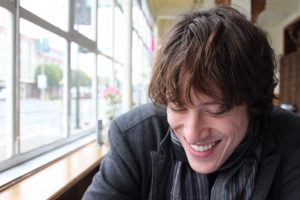

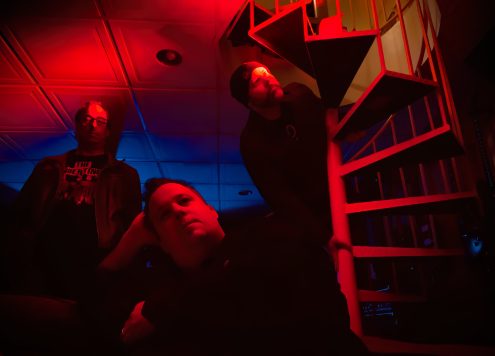
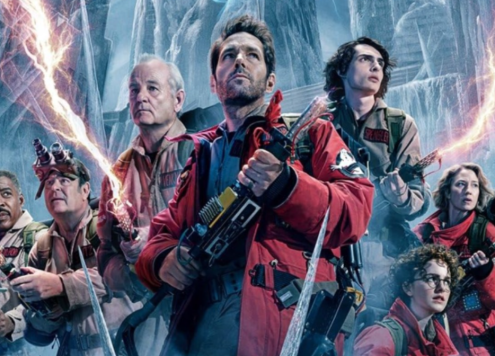

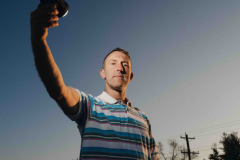
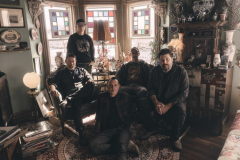



Social Media